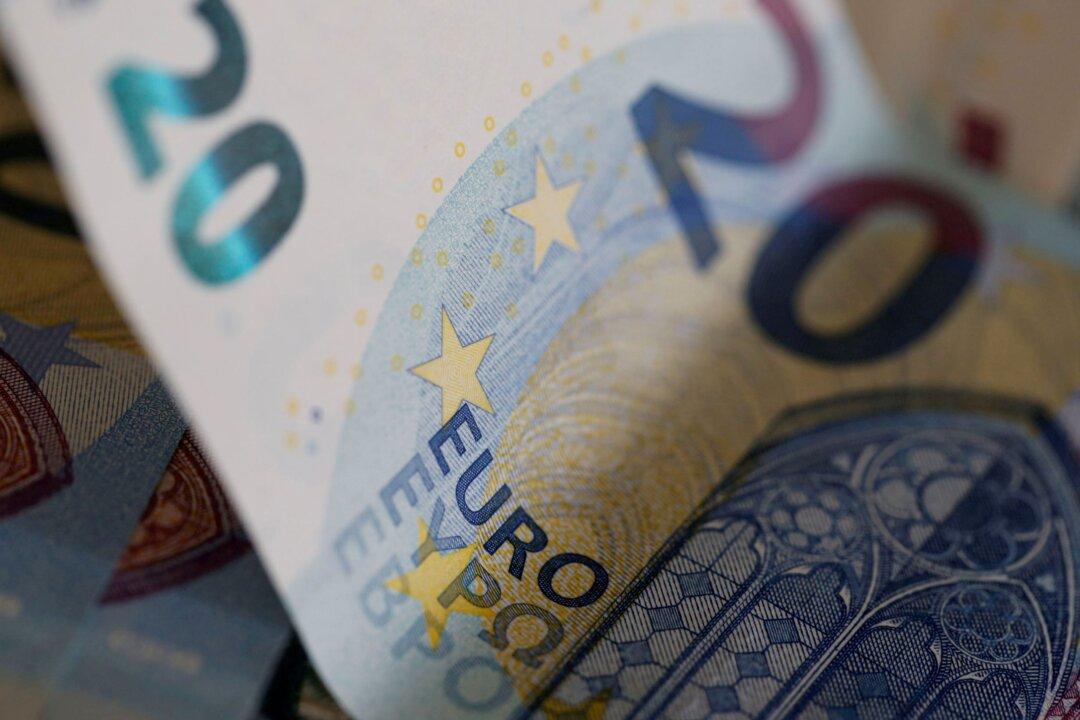Inflation levels in France hit a nearly 10-year high in September, according to preliminary data published by the INSEE statistics agency on Sept. 30.
French inflation rose by 2.7 percent, up from the 1.9 percent increase in August. That’s slightly less than the expected average forecast of 2.8 percent in a Reuters poll of 24 economists’ expectations, but is still its highest rate since December 2011.





